Swiss KOF Economic Barometer rose notably to 102.2 in September, up 3.3 pts from 98.9. It also beat expectation of 100.1. KOF noted the this may imply that the downward trend, which has been visible since the beginning of 2018, might have come to a halt.
The strongest positive contributions came from manufacturing sector. And among manufacturing, “positive development can be attributed mainly to the metal processing industry, followed by the machine building and the food processing as well as the textile industries and finally the chemical industry.” Meanwhile, overall improvement in manufacturing is driven by “a more optimistic assessment of employment, followed by the assessments of production and the overall business situation”.




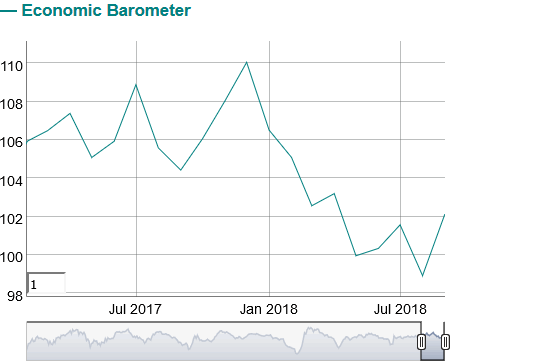
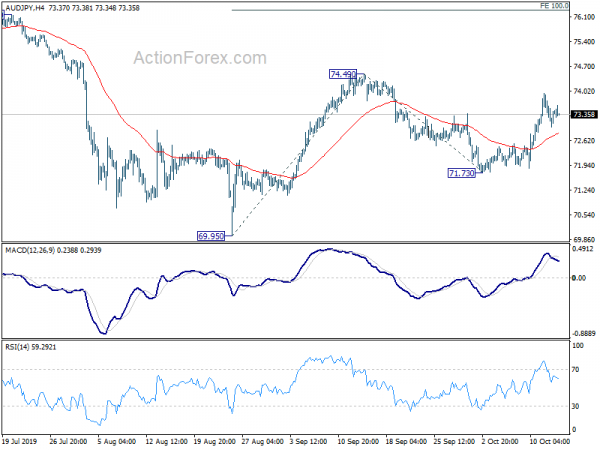
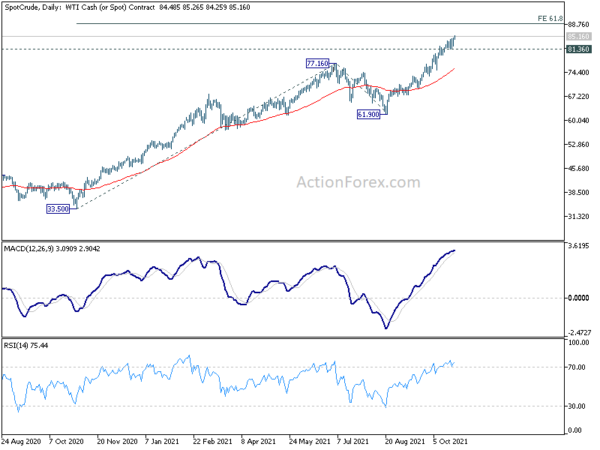
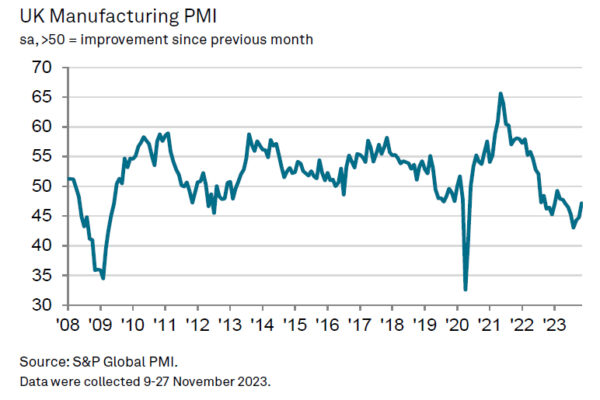
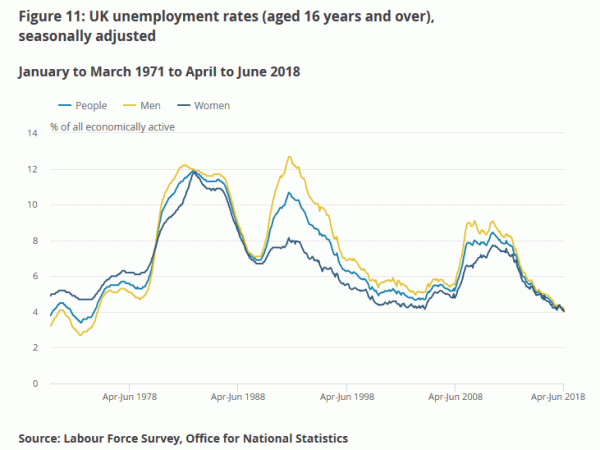
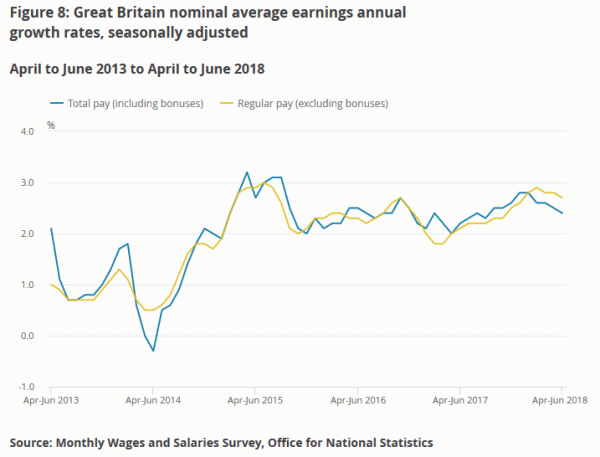
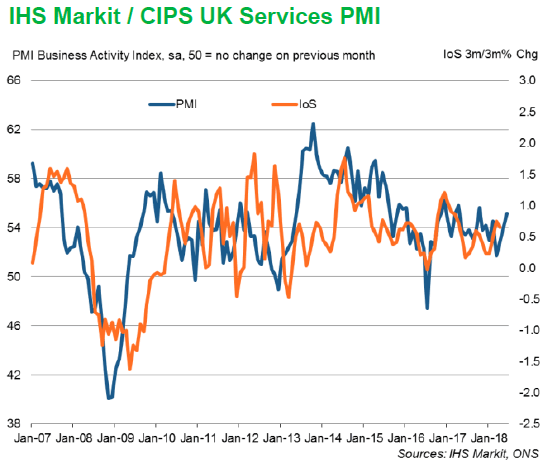
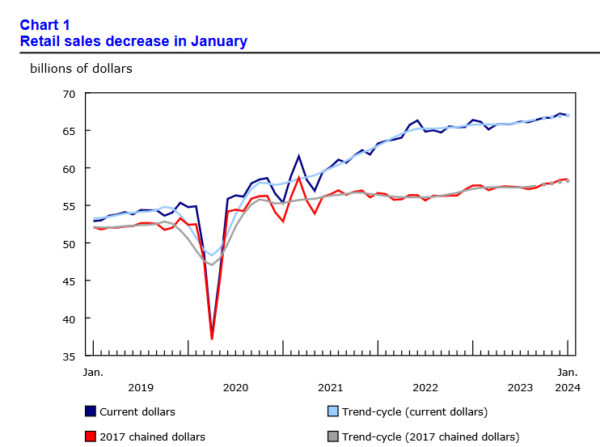
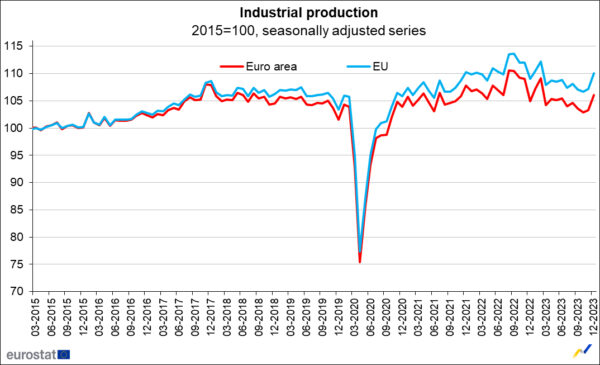
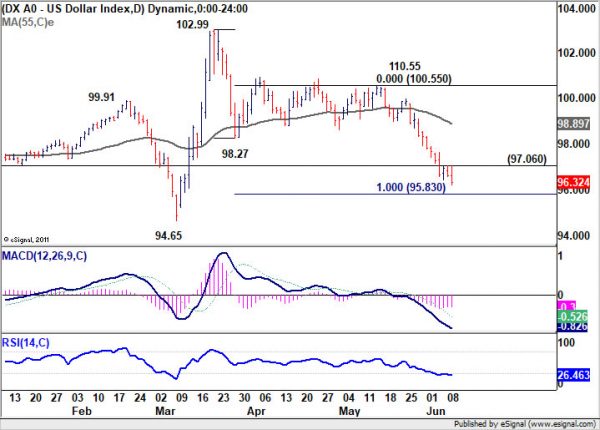
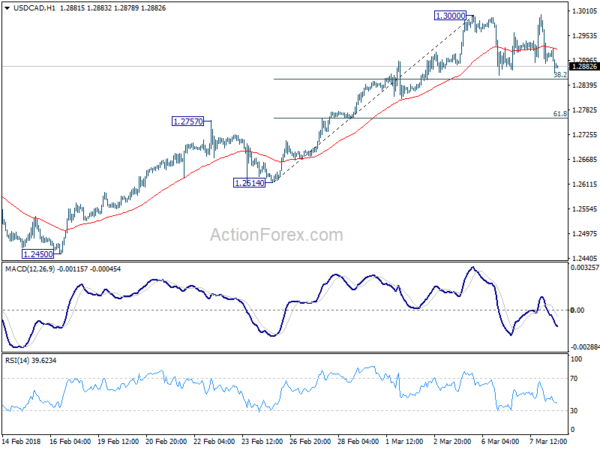
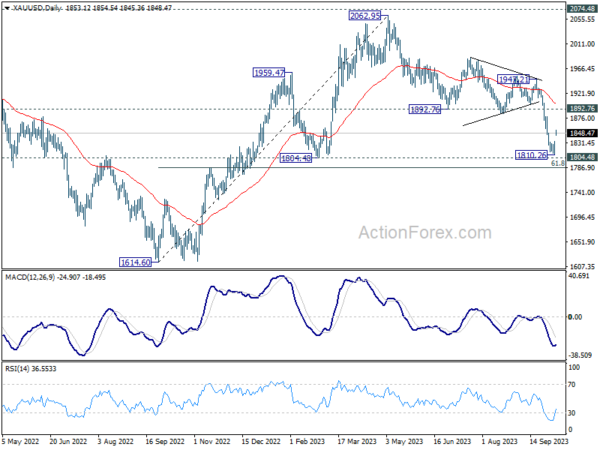
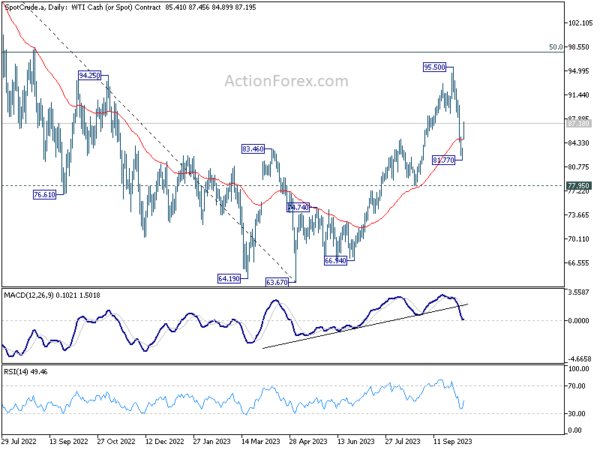
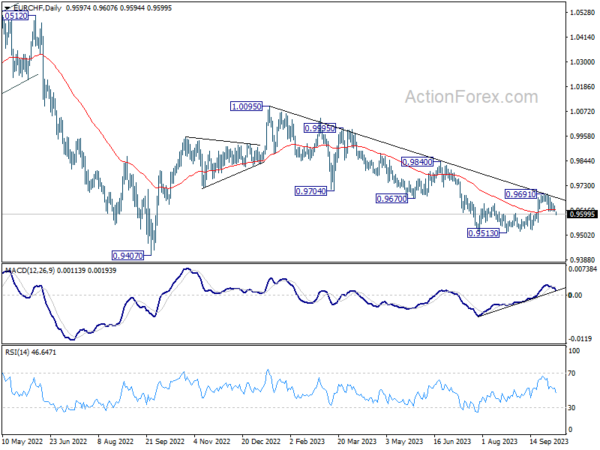
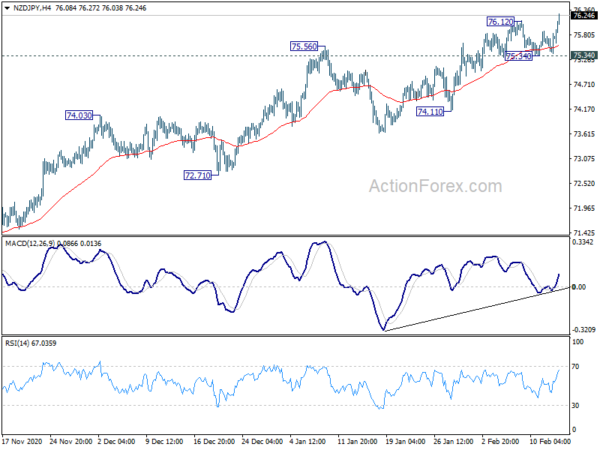
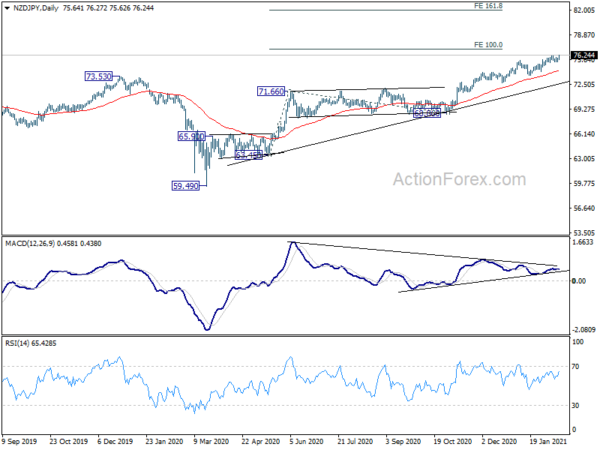

US NFP grew only 20k, but unemployment rate dropped to 3.8%, wage growth accelerated
US Non-Farm Payrolls grew only 20k in February, well below expectation of 185k. Unemployment rate dropped to 3.8%, down from 4.0% and missed expectation of 3.9%. Average hourly earnings rose 0.4% mom, beat expectation of 0.3% mom. Labor force participation rate was unchanged at 63.2%.
Also from US, housing starts rose to 1.23M annualized rate in January, above expectation of 1.18M. Building permits rose to 1.35M, beat expectation of 1.29M.
Canada employment data is strong, showing 55.9k growth in February, versus expectation of -2.5k fall. Unemployment rate was unchanged at 5.8%.